Choosing your first guitar can be exciting, but also a little daunting. One of the initial choices you’ll face is the size: should you go for a 3/4 Guitar or a full-size model? You might have noticed guitars come in various dimensions, and navigating these options can feel overwhelming. Don’t worry, we’re here to help you understand the differences and make the best decision for your musical journey.
In this guide, we’ll thoroughly compare 3/4 guitars and full-size guitars, exploring their key differences and helping you decide which type best suits your playing style and individual needs. Whether you’re a complete beginner, a seasoned player seeking a travel companion, or looking for the perfect guitar for a younger musician, understanding guitar sizes is crucial for comfort and progress. Let’s tune up and delve into the world of 3/4 guitars versus full-size guitars!
Decoding the Differences: 3/4 vs. Full-Size Guitars
The distinction between 3/4 and full-size guitars lies primarily in their dimensions, which impacts playability, sound, and suitability for different players. A 3/4 guitar is noticeably smaller, typically measuring around 36 inches in total length with a body width of about 13 inches. In contrast, a full-size guitar generally measures approximately 40 inches long with a 15-inch wide body.
Beyond overall size, the scale length is a critical difference. Scale length is the vibrating length of the strings, measured from the nut to the bridge. Full-size guitars typically have a scale length exceeding 24 inches, contributing to higher string tension and a longer reach between frets. A 3/4 guitar features a shorter scale length, usually between 20 and 24 inches. This shorter scale results in lower string tension, making it easier to press down strings, especially for beginners or those with smaller hands.
Another point of differentiation is string tension itself. Full-size guitars, with their longer scale length, inherently have higher string tension. This tension is crucial for maintaining tuning stability and contributing to the instrument’s resonant tone. 3/4 guitars, due to their shorter scale, have reduced string tension. While this enhances playability, it can sometimes mean they require more frequent tuning adjustments, particularly with lower quality instruments.
Cost is another factor, although not directly related to size, it’s often a consideration. Entry-level full-size guitars can range in price, and high-end models can reach thousands of dollars. 3/4 guitars are often positioned as more affordable, beginner-friendly options, with some available for under a hundred dollars. However, it’s important to remember that price doesn’t always dictate quality, and excellent instruments exist in both sizes and across various price points.
Finally, sound is a significant differentiator. Full-size guitars are celebrated for their rich, resonant, and full-bodied tone. The larger soundboard area and longer scale length contribute to a deeper bass response and overall volume. 3/4 guitars, while capable of producing pleasing sounds, generally have a less resonant and potentially thinner tone due to their smaller body and shorter scale length. They may lack the deep bass and projection of a full-size guitar, but can still be excellent for practice, travel, and certain musical styles.
Now that we’ve outlined the key differences, let’s explore some of the best 3/4 acoustic guitars available, showcasing the quality and versatility these smaller instruments can offer.
Top 3/4 Acoustic Guitars: Quality in a Smaller Package
Despite their reduced size, many 3/4 guitars are crafted with impressive quality and offer excellent playability and tone. Here are some standout 3/4 acoustic guitar models:
Zager 3/4 Acoustic Travel Guitar
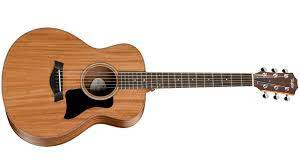 Zager 3/4 Acoustic Travel Guitar
Zager 3/4 Acoustic Travel Guitar
For those seeking a travel-friendly or smaller-bodied guitar without compromising on quality, the Zager 3/4 Travel Series is a compelling option. Zager Guitars, a family-owned company with a long history, emphasizes playability and craftsmanship. These 3/4 guitars are constructed with the same high-quality woods and hardware found in their full-size counterparts, promising enhanced tone as the guitar ages.
Master luthier Denny Zager’s extensive experience informs the design, incorporating features like solid wood construction, a comfortable custom neck profile, and optimized string spacing for easier and faster playing. The unique bracing system and hand-carved bone nut and saddle contribute to a richer, deeper sound than you might expect from a 3/4 size guitar.
Customer reviews and testimonials frequently highlight the exceptional value of Zager guitars, often comparing their performance favorably to higher-priced brands. With a money-back guarantee, including shipping, Zager encourages players to experience their instruments risk-free. The Zager 3/4 Travel Series aims to provide a custom, handcrafted feel at a more accessible price point.
US $795
Taylor GS Mini-e Mahogany 3/4 Acoustic Guitar
 Zager 3/4 Acoustic Travel Guitar
Zager 3/4 Acoustic Travel Guitar
The Taylor GS Mini-e Mahogany has gained immense popularity for its ability to deliver renowned Taylor tone in a compact size. It’s an excellent choice for beginners due to its comfortable dimensions, but also appeals to experienced players seeking a high-quality travel or couch guitar.
Despite its smaller scale, the GS Mini retains the same string spacing as full-size Taylors, ensuring a familiar feel for seasoned Taylor players. The ebony fretboard offers a smooth playing surface, and the mahogany top contributes to a rich, warm tonal character, surprising for a smaller-bodied instrument.
The “e” designation indicates built-in electronics, allowing you to plug in and amplify your sound. The onboard system includes tone controls, providing versatility for performance or recording. Features like sapele laminate back and sides, a sapele neck, a 23½” scale length, and 20 frets further enhance its playability and tonal qualities. A left-handed version is also available, catering to a wider range of players. The Taylor GS Mini-e Mahogany offers a premium playing experience in a 3/4 size format.
US $799
Yamaha JR1 FG 3/4 Acoustic Guitar
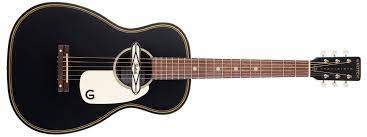 Yamaha JR1 FG 3/4 Acoustic Guitar
Yamaha JR1 FG 3/4 Acoustic Guitar
For beginners or those on a tighter budget, the Yamaha JR1 FG stands out as an exceptional and affordable 3/4 guitar option. Yamaha is known for producing quality instruments across various price ranges, and the JR1 FG is no exception. It’s designed for ease of play, particularly for younger learners, featuring a slim neck and shorter scale length. The rosewood fretboard adds to the smooth playing feel, facilitating comfortable chord changes.
While it may have slightly less bass response compared to larger guitars, the JR1 FG still projects well in the mid and upper frequencies, making it suitable for practice and casual playing. It includes essential accessories to get beginners started. The guitar features a solid Sitka spruce top, a feature uncommon at this price point, along with high-pressure laminate back and sides for durability and balanced tone. Chrome-enclosed tuners ensure reliable tuning stability. A left-handed version is also available. The Yamaha JR1 FG provides a fantastic entry point into guitar playing without compromising on essential quality.
US $200
Gretsch G9520E ‘Gin Rickey’ 3/4 Acoustic Guitar
 Yamaha JR1 FG 3/4 Acoustic Guitar
Yamaha JR1 FG 3/4 Acoustic Guitar
The Gretsch G9520E ‘Gin Rickey’ offers a unique blend of vintage style and versatile sound in a 3/4 size package. Gretsch guitars are known for their distinctive aesthetic and tone, and the Gin Rickey embodies this heritage in a smaller format. Its standout feature is the Gretsch Deltoluxe soundhole pickup, providing amplified capabilities with a character reminiscent of electric guitars, well-suited for blues and slide playing.
Unplugged, the Gin Rickey also impresses with a strong low-end response and clear note definition across the walnut fretboard, making open chords sound particularly rich. The Deltoluxe pickup truly brings the guitar to life when plugged in, offering a distinct voice for various musical styles. Despite its affordable price, the Gretsch G9520E ‘Gin Rickey’ delivers both visual appeal and sonic versatility.
US $389
Cordoba Cadete 3/4 Classical Acoustic Guitar
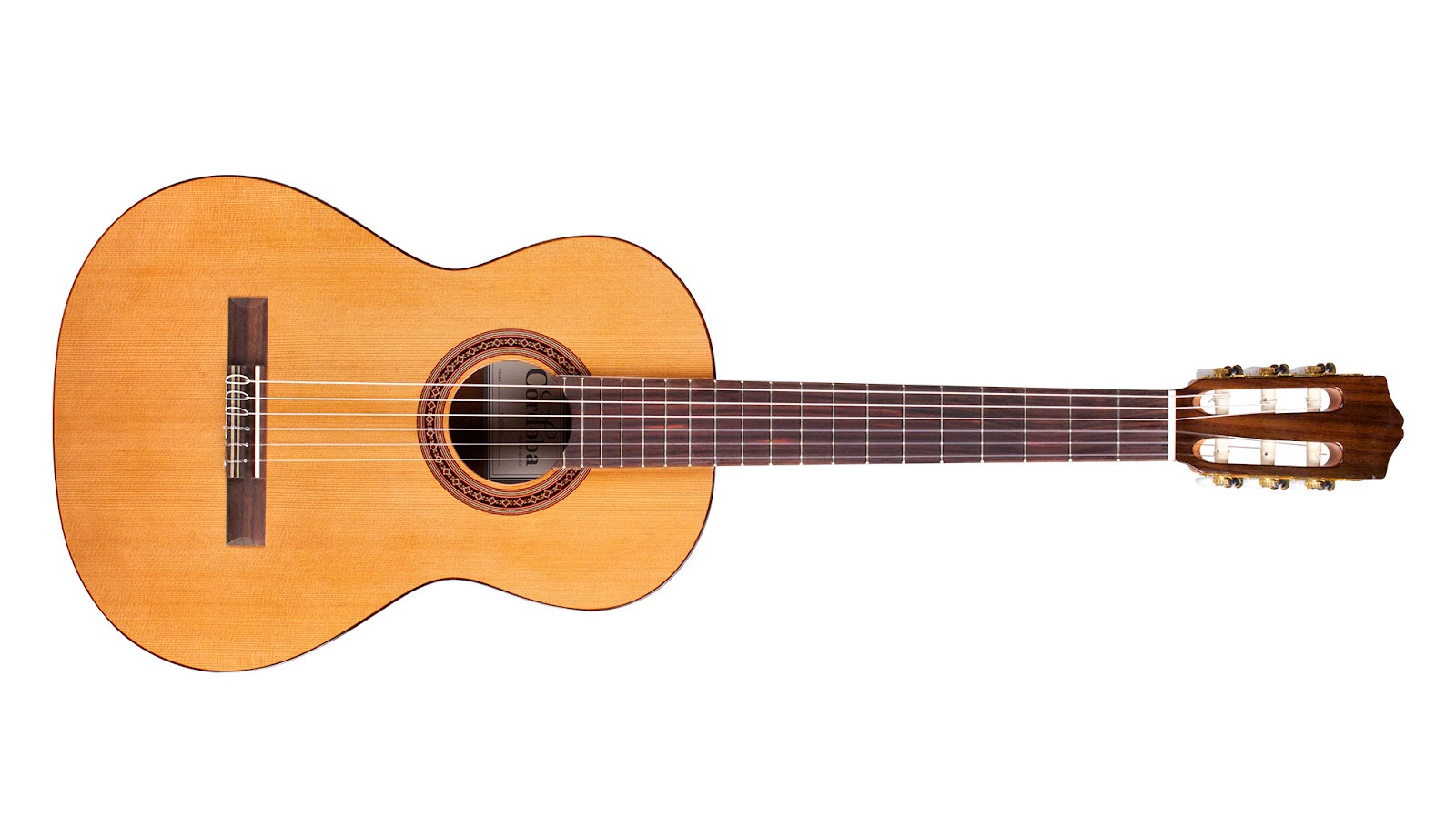 Cordoba Cadete 3/4 Classical Acoustic Guitar
Cordoba Cadete 3/4 Classical Acoustic Guitar
For those interested in exploring classical guitar techniques, the Cordoba Cadete 3/4 Classical is an excellent choice. Classical guitars utilize nylon strings, which are softer on the fingertips, making them particularly comfortable for beginners. Cordoba is a respected brand specializing in nylon-string guitars, and the Cadete offers a quality instrument in a 3/4 size.
The mahogany neck is designed for comfort, particularly for fingerstyle playing, and the flat-radius rosewood fretboard is ideal for classical guitar techniques. However, its versatility extends beyond classical music. A standout feature is the solid cedar top, a premium tonewood rarely found at this price point in classical guitars. This solid top contributes to exceptional sound quality, rivaling even full-size classical guitars in terms of resonance and tone. The Cordoba Cadete 3/4 Classical is a superb option for aspiring classical guitarists or anyone seeking the warm, mellow tones of a nylon-string guitar in a smaller size.
US $389
Full-Sized Acoustic Guitars: The Standard for Resonance and Volume
While 3/4 guitars offer distinct advantages, full-size acoustic guitars remain the standard for many players due to their inherent tonal qualities and projection. The larger body size and longer scale length contribute to a fuller, richer sound with greater bass response and volume.
The market for full-size acoustic guitars is incredibly diverse, with instruments available at every price point and catering to all playing styles. From budget-friendly beginner models to handcrafted masterpieces, the options are vast. Here are a few examples of well-regarded full-size acoustic guitars:
Zager 900CE Acoustic Guitar
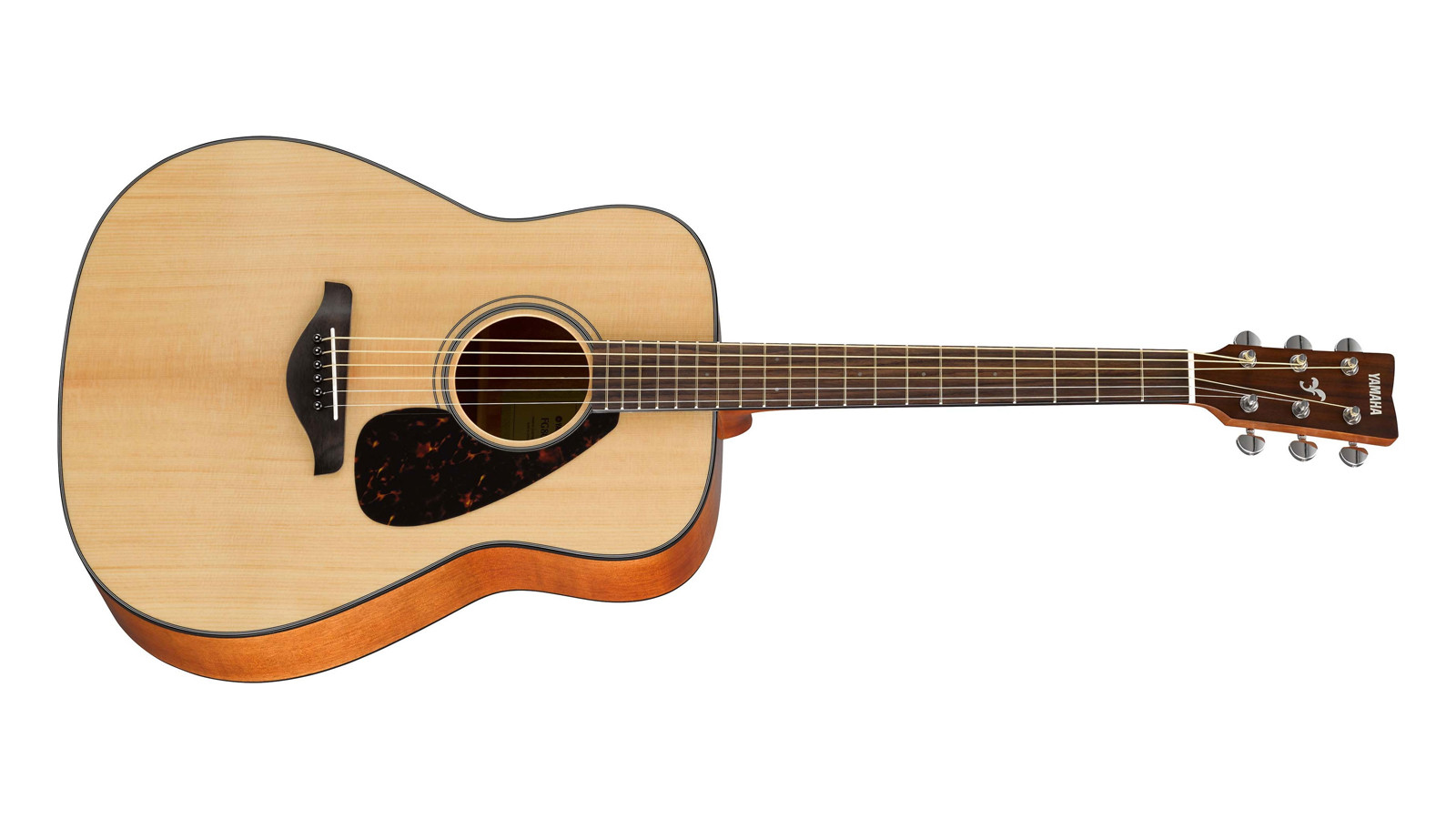 Zager 900CE Acoustic Guitar
Zager 900CE Acoustic Guitar
For players seeking a high-end, professional-grade acoustic guitar, the Zager Pro Series 900CE represents Zager’s top-tier craftsmanship. Designed for discerning musicians, it prioritizes both exceptional sound and effortless playability. Zager’s unique bracing system is engineered to maximize soundboard movement, resulting in enhanced projection and resonance. This design aims to deliver powerful tone that rivals much more expensive guitars.
The Pro Series guitars undergo an aging process and thinner finish application to further enhance tonal depth and clarity. Aesthetic details like hand-laid abalone and pearl inlays add to its luxurious feel. The inclusion of Fishman’s Aura Digital Sound Imaging System allows players to access a vast library of sound images to fine-tune their amplified tone.
The Zager 900CE consistently receives high ratings and praise from professional musicians, often being compared favorably to guitars in much higher price brackets. It comes with a lifetime warranty and a money-back guarantee, reflecting Zager’s commitment to quality and customer satisfaction. The Zager Pro Series 900CE aims to deliver a world-class acoustic guitar experience at a competitive price.
US $2395
Yamaha FG800 Acoustic Guitar
 Zager 900CE Acoustic Guitar
Zager 900CE Acoustic Guitar
The Yamaha FG800 is widely recognized as an outstanding beginner acoustic guitar, offering exceptional value and quality at an affordable price. It’s a full-size dreadnought model known for its robust sound and playability. A key feature is its solid Sitka spruce top, a tonewood typically found on more expensive guitars, which contributes to its impressive sound quality.
The FG800 also features a maple fretboard and a clean, understated design. Sitka spruce is prized for its balanced tonal properties, offering clear highs, a strong bass response, and versatility across musical styles. The Yamaha FG800 is built to be durable and reliable, making it an excellent choice for beginners and experienced players alike seeking a dependable and great-sounding full-size acoustic guitar without breaking the bank.
US $229
Seagull S6 Original Acoustic
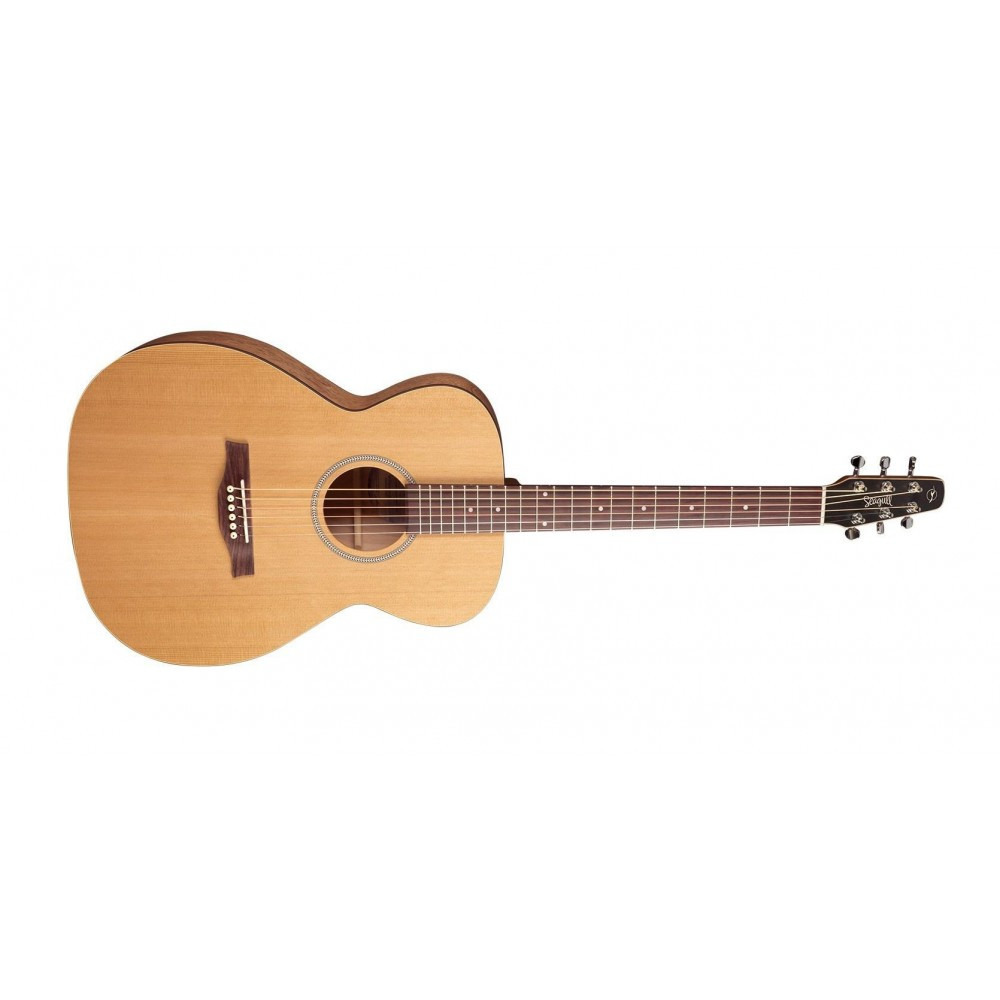 Seagull S6 Original Acoustic Guitar
Seagull S6 Original Acoustic Guitar
The Seagull S6 Original is a popular and respected full-size acoustic guitar known for its distinctive tonewood combination and excellent value. Seagull guitars are made in Canada and are praised for their quality craftsmanship. The S6 Original features a solid cedar top and cherry back and sides. This tonewood pairing results in a bright, crisp tone that excels in fingerpicking styles but is also versatile enough for various genres.
While the S6 Original doesn’t include built-in electronics like the S6 QI version, it remains a highly recommended acoustic guitar, particularly for intermediate players. Its unique tonal character and solid construction have made it a long-standing favorite among acoustic guitarists. The Seagull S6 Original offers a high-quality, full-size acoustic experience at a competitive price.
US $799
Martin LXK2 Little Martin 3/4 Acoustic Guitars
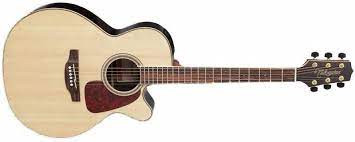 Martin LXK2 Little Martin 3/4 Acoustic Guitars
Martin LXK2 Little Martin 3/4 Acoustic Guitars
The Martin LXK2 Little Martin is an interesting case, as it’s designated “Little Martin” but is often categorized as a 3/4 size guitar due to its smaller dimensions compared to standard full-size Martins. Despite its size, it’s built with Martin’s renowned craftsmanship and design principles. It’s intended as a travel-friendly option or for players who prefer a smaller body.
While it doesn’t utilize solid wood for the top (employing a High-Pressure Laminate mixture), it incorporates spruce bracing and Martin’s patented neck mortise construction, contributing to its structural integrity and sound quality. Martin guitars are known for their functional design and excellent tone, and the LXK2 Little Martin aims to uphold this reputation in a smaller format. It includes a padded gig bag, enhancing its portability. The Martin LXK2 Little Martin is a well-regarded travel guitar option from a prestigious brand.
$399
Takamine GN93CE Acoustic Guitar
 Martin LXK2 Little Martin 3/4 Acoustic Guitars
Martin LXK2 Little Martin 3/4 Acoustic Guitars
The Takamine GN93CE is a full-size acoustic-electric guitar with a distinctive body shape and versatile features. Takamine is known for producing quality guitars for performing musicians, and the GN93CE is designed for stage use. It features a solid spruce top, rosewood sides, and a three-piece quilted maple back, creating a unique tonewood profile with emphasis on mids and treble.
The inclusion of Takamine’s TK-40D preamp system makes it stage-ready, offering a built-in tuner, three-band EQ, and gain control. The body shape is described as a hybrid dreadnought/concert, aiming to provide a balance of projection and comfort. The GN93CE is well-suited for melodic playing styles and live performance due to its amplified capabilities and tonal characteristics. The Takamine GN93CE offers a stage-worthy full-size acoustic-electric experience with a focus on amplified performance.
US $799
3/4 Guitar: Who is it For?
Choosing between a 3/4 guitar and a full-size guitar depends largely on the player’s age, size, and intended use.
3/4 guitars are generally excellent choices for:
- Children and Young Beginners: The smaller size and shorter scale length make 3/4 guitars significantly easier for children to handle and play. The reduced reach and lower string tension are less physically demanding for smaller hands and developing finger strength. They are often recommended for children aged approximately 6 to 12, but this can vary based on the child’s individual size and development.
- Adults with Smaller Frames or Hands: Some adults, particularly those with smaller body frames or hand sizes, may find full-size guitars uncomfortable to play for extended periods. A 3/4 guitar can provide a more ergonomic and comfortable playing experience for these individuals, reducing strain and improving reach.
- Travel Guitarists: The compact dimensions of a 3/4 guitar make it ideal for travel. They are easier to pack and transport than full-size guitars, making them perfect companions for road trips, camping, or simply playing on the go. While they may not have the same volume and resonance as full-size guitars, their portability is a major advantage.
- Players Seeking a Couch or Practice Guitar: The smaller size of a 3/4 guitar makes it convenient for casual playing around the house, on the couch, or for practice sessions where portability and comfort are prioritized over maximum volume and projection.
Full-size guitars are generally preferred for:
- Adults of Average to Larger Size: Most adults will find full-size guitars to be a comfortable and standard choice. The larger body and longer scale length are designed for adult ergonomics and contribute to the instrument’s full tonal potential.
- Players Seeking Maximum Volume and Resonance: For genres and playing situations where volume and projection are essential, such as performing with other musicians or playing in larger spaces, full-size guitars are typically favored. Their larger soundboard area and longer scale length produce a louder and more resonant sound.
- Experienced Players: Many experienced guitarists are accustomed to the feel and sound of full-size guitars and may prefer them for their established playing style and tonal preferences.
- Players Focused on Specific Tonal Qualities: For players seeking the deepest bass response and fullest tonal spectrum, full-size guitars are generally better equipped to deliver these characteristics due to their larger body and longer scale length.
Ultimately, the best guitar size is the one that feels most comfortable and inspiring for the individual player. Trying out both 3/4 and full-size guitars is always recommended to determine personal preference.
Nylon, Steel String, or Electric 3/4 Guitar?
When considering a 3/4 guitar, you’ll also encounter options in terms of string type and instrument type: classical (nylon string), acoustic (steel string), and electric.
- 3/4 Classical Guitars (Nylon String): Often recommended for young beginners, particularly children, due to the softer nylon strings which are gentler on developing fingertips. The wider neck and flat fretboard are characteristic of classical guitars and suit classical and fingerstyle techniques.
- 3/4 Acoustic Guitars (Steel String): These offer a smaller version of the standard steel-string acoustic guitar. Steel strings produce a brighter, louder sound than nylon strings and are commonly used in popular music genres like pop, rock, and folk. May be suitable for older children or youth with some finger strength.
- 3/4 Electric Guitars: Electric guitars in 3/4 size are also available, offering a smaller and lighter option for young players or those seeking enhanced portability for electric guitar practice. They require amplification to be heard properly and are used in various genres, including rock, blues, and metal.
The choice between nylon, steel string, or electric 3/4 guitar depends on the player’s musical interests and preferences. For beginners, nylon strings can be more comfortable initially, while steel strings and electric guitars are often chosen for specific genres and sounds.
Conclusion: Finding Your Perfect Fit
Choosing between a 3/4 guitar and a full-size guitar is a personal decision based on individual needs and preferences. 3/4 guitars offer enhanced playability for smaller players, travelers, and those seeking a comfortable practice instrument. Full-size guitars provide the standard in volume, resonance, and tonal depth.
By understanding the key differences and considering your own playing style and physical characteristics, you can confidently select the guitar size that will best support your musical journey. Whether you opt for the portability of a 3/4 guitar or the resonant power of a full-size model, the most important factor is choosing an instrument that inspires you to play and explore the world of music.
FAQs about 3/4 Guitars
What is the purpose of a 3/4 guitar?
3/4 guitars are primarily designed for players who find full-size guitars too large or uncomfortable. This includes children (typically ages 6-12), adults with smaller frames, and anyone seeking a travel-friendly or more manageable instrument for practice and portability. They offer easier playability due to their smaller size and shorter scale length.
Are 3/4 guitars suitable for adults?
Yes, 3/4 guitars are absolutely suitable for adults. Adults with smaller hands or those who prefer the comfort and portability of a smaller instrument often find 3/4 guitars to be an excellent choice. They are not just for children; many adults appreciate the ergonomic benefits of a 3/4 size guitar.
Do professional musicians use 3/4 guitars?
Yes, some professional musicians do use 3/4 guitars. Ed Sheeran is a well-known example of a professional guitarist who frequently plays 3/4 size guitars. They can be favored for their unique tonal characteristics and portability, even by experienced players.
Is it acceptable to use a 3/4 guitar?
Absolutely. There is no stigma or disadvantage to using a 3/4 guitar if it suits your needs and preferences. They are legitimate instruments that offer numerous benefits, particularly for beginners, travelers, and players seeking enhanced comfort. The “right” guitar is simply the one that feels and sounds best for you.
